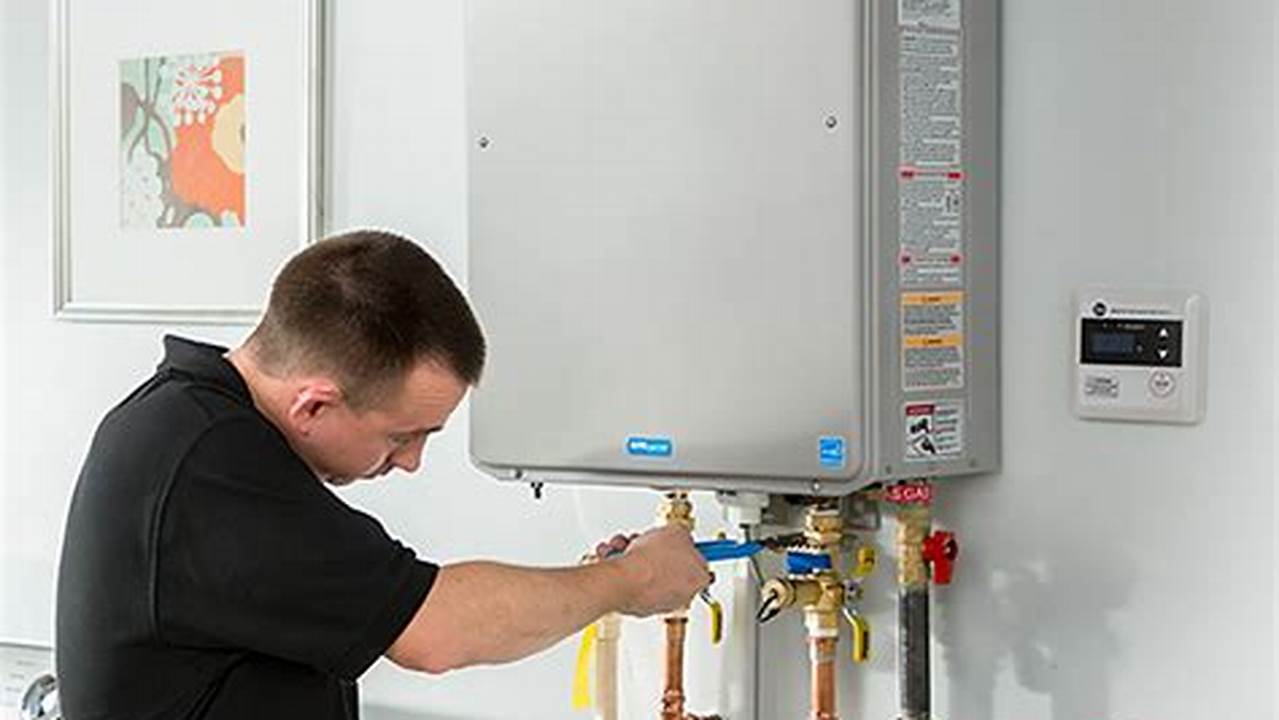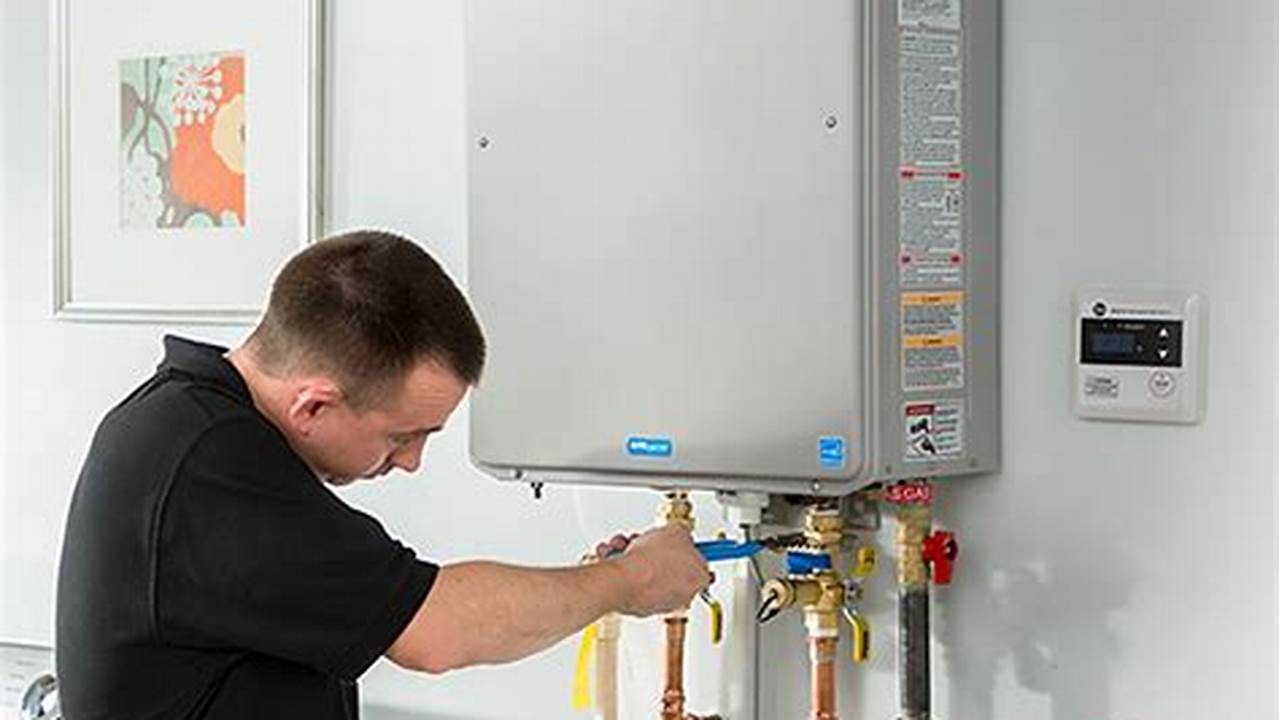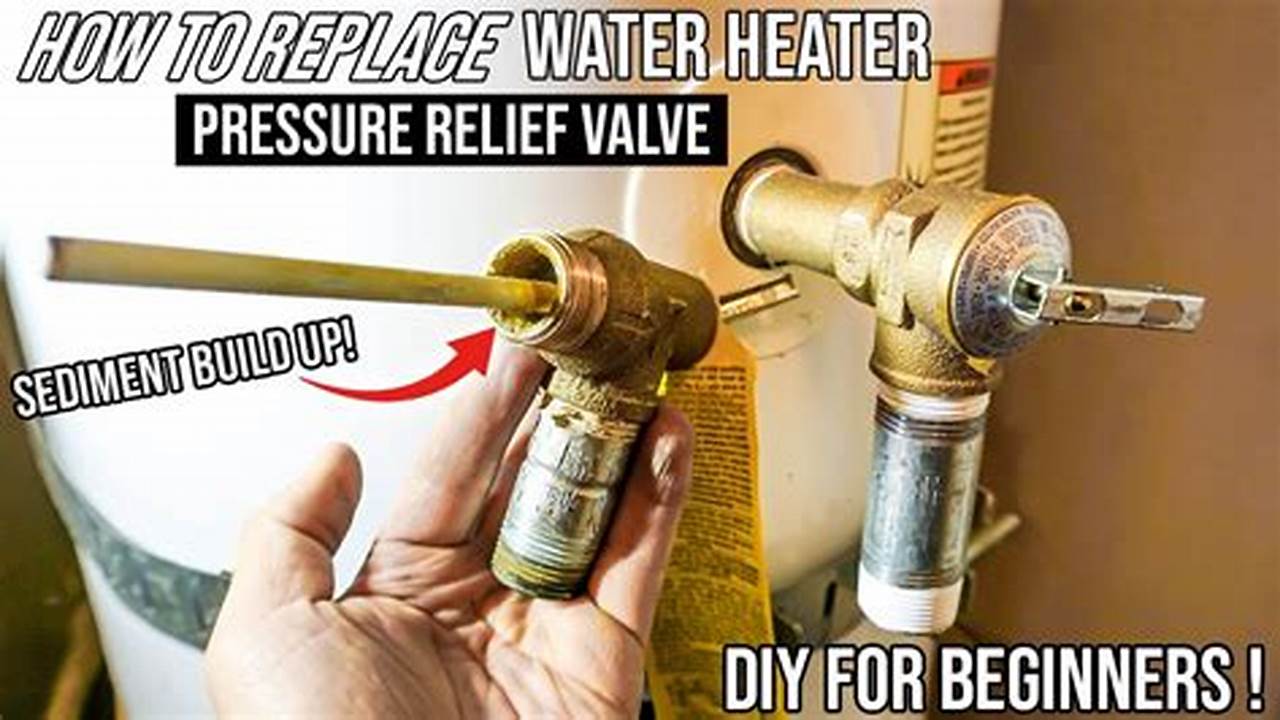
Water heater repair involves restoring a water heater to working condition when it malfunctions or breaks down. Water heaters are essential appliances in homes and businesses, providing hot water for various purposes such as bathing, dishwashing, and laundry. When a water heater malfunctions, it can cause significant inconvenience and discomfort. Therefore, prompt repair is crucial to ensure the uninterrupted availability of hot water.
There are numerous benefits to repairing a water heater instead of replacing it. Repairing a water heater is typically more cost-effective than purchasing and installing a new one. Additionally, repairing a water heater can extend its lifespan, potentially saving the homeowner money in the long run. Furthermore, repairing a water heater can be more environmentally friendly than replacing it, as it reduces waste and conserves resources.








